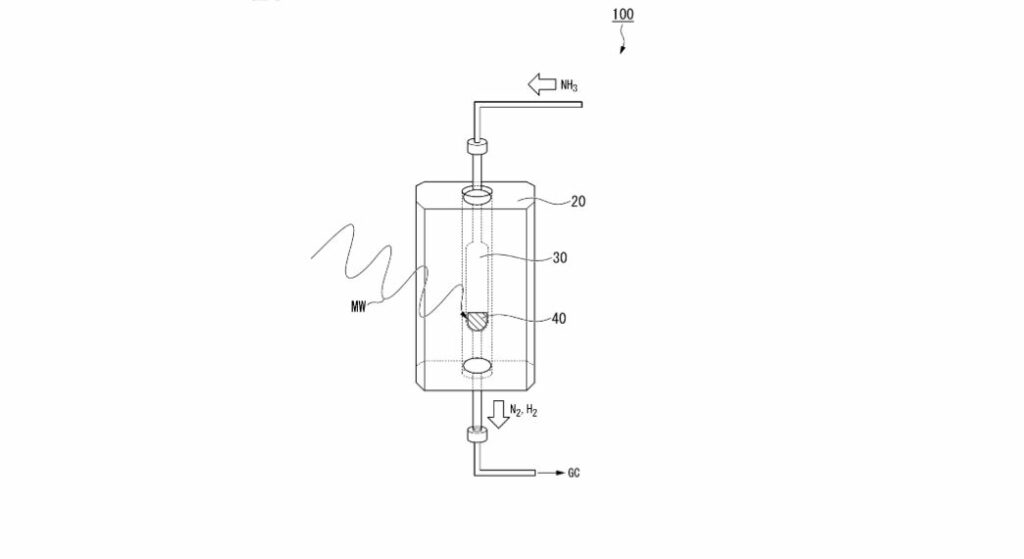A new patent introduces a method that aims to significantly enhance hydrogen production using ammonia. Filed by the Japan Science and Technology Agency, this patent proposes an innovative approach to decompose ammonia in an energy-efficient manner.
The Ammonia Decomposition Catalyst
At the heart of this new hydrogen production method is the use of a specialized catalyst. The patent details the utilization of either a titanium oxide or a titanium oxynitride, represented by two general formulas. These catalysts are crucial in the decomposition process of ammonia, allowing for a highly efficient reaction with minimal energy consumption. The titanium compounds are integral in facilitating the breakdown of ammonia into hydrogen, with the chemical formulas ensuring optimal conditions for the reaction.
Role of Microwaves in the Process
A unique aspect of this method is its incorporation of microwave irradiation. The process involves exposing the ammonia in contact with the catalyst to low-output microwaves. This step is critical as it enhances the decomposition efficiency while keeping power consumption to a minimum. This approach showcases how combining traditional chemical reactions with modern technology can lead to more sustainable energy solutions.
The Potential Impact
While the patent does not exaggerate its importance, the implications of this method could be significant. By improving the efficiency of hydrogen production from ammonia, this innovation could contribute to more sustainable energy systems. Hydrogen is a key player in the transition to clean energy, and advances like this one underline the importance of ongoing research and development in the field.
This new patent represents a step forward in the efficient production of hydrogen, highlighting the Japan Science and Technology Agency’s contribution to energy innovation. By leveraging advanced catalysts and integrating microwave technology, this method could pave the way for more effective and environmentally friendly hydrogen production processes. As the world continues to seek cleaner energy alternatives, developments like this are essential for a sustainable future.





